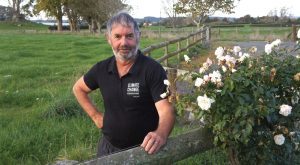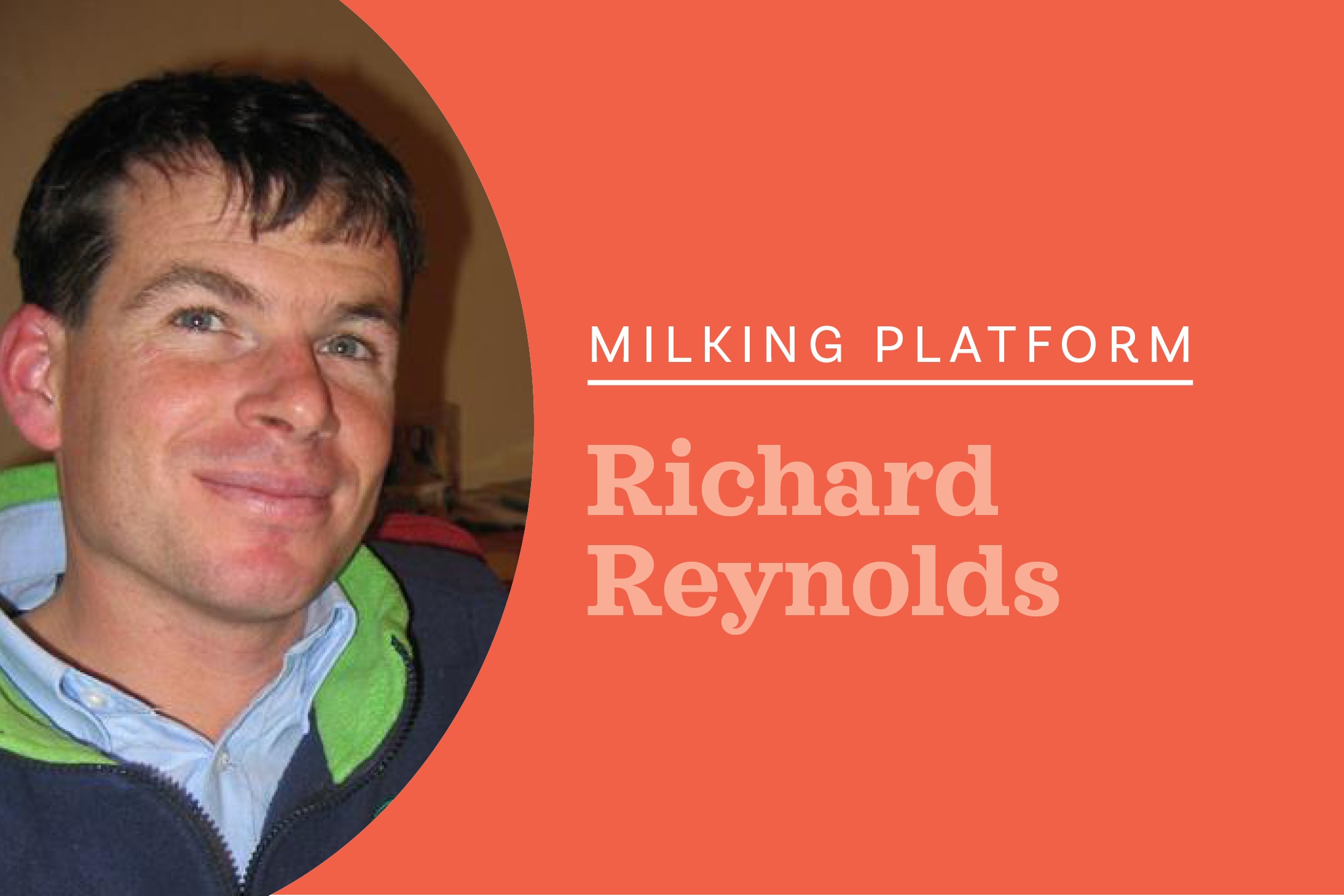Running on MT
Farmers and vets say high-producing cows are struggling to conceive, George Moss writes.

Talking to farmers and listening to the local chatter there is some real stress and consternation around MT (empty) rates this season.
Without a doubt it was a difficult spring with low sunshine hours, but the issue is way bigger than just this spring. A great many MT rates are in the high teens or low 20s with the odd 30% plus. These are very often top operators with bad outcomes. We will know ours tomorrow and will report.
Farmers and vets are reporting that these high-producing cows just struggle to conceive, the AI companies say this is not the case when taken across the national herd. It is our experience that the higher the cows peak, the more we seem to struggle on conception.
Many farmers have moved to split calving, put in meal feeders and even 18 months calving to try to minimise the loss of good cows, which they can ill afford – in short there is a problem. There is now an industry in “recycling” high-index young cows. Wearables are being added to help with repro’ and this offers another opportunity to collect data and learn.
Data indicates that very few farms are hitting industry targets.
When we were share-milking if a farmer had a 7% MT rate one thought the world had ended, anything into double figures was deemed a disaster. Now single figure MT rates are a rarity. I acknowledge many farmers were mating for longer and had access to inductions. The reality is today’s cow is as different as an EV car to the Austin A40 I started with.
Herd reproductive performance is an absolute key driver to onfarm profitability, herd improvement, an internationally competitive industry and now offers a real opportunity for greenhouse gas reductions. There is a very big prize to be had here, if we can get it solved, but there is no industry strategy around this. Sure, there are tools and reports one can get through breeding companies and guidance from DairyNZ, but clearly that is not enough and not working. We have thrown significant amounts of time, effort, and paid advice to try to get better results from repro with limited or negative success.
We need a single body with scientists from DairyNZ, the AI companies and some farmers – this group’s focus should be solely on lifting six-week in-calf rates for the national herd.
Starting point will be to pull quality data together of all the demonstration and partner farms and report their management decisions, including intervention and report on a single page repro outcomes.
Next, “mine” the mass of industry data looking for correlations, then follow with science for cause and effect. Collect more data where necessary from leading farms achieving outstanding results, understand their systems, management herd genetics etc.
Questions farmers are asking me:
- Does OAD fresh-calved cows make a difference?
- Have AEU put enough weighting on fertility or do the Irish have it right?
- Does level of milk urea make a difference? We need one answer here not two.
- Do the meal feeders have a better outcome than the grass-only or maize feeders?
- Should fertility indexes be only calculated only on non-intervention herds?
- Differences between bulls and AI on heifers?
- Is there a difference and what drives that difference?
- Do we need to rethink quanta of semen in the straws? Today’s cow is different. Cynically the AI companies sell semen not in-calf rates.
On the home front, who would have thought pugging and feed utilisation would be an issue in February. One herd is up by 4% daily and other down by about 4% – the difference being tweaks in management.
Our sympathies go to those farmers that are seriously Cyclone impacted. It is gut-wrenching in times of good product prices to see one’s efforts smashed by forces beyond control and management.






